238 Organ Transplants in 2014 in CT; 1,467 on Current Waiting Lists in State
/At the beginning of this month, there were 1,467 individuals registered for organ transplants in Connecticut, according to the U.S. Department of Health and Human Services Organ Procurement and Transplant Network. The longest list was for a kidney transplant, with 1,259 names. In addition the transplant waiting lists included 159 people seeking a liver transplant, 52 awaiting a heart transplant, 18 on the waiting list for a kidney/pancreas, and 10 for a pancreas.
Among those on the heart transplant list, five individuals are between the ages of 18 and 34, eleven are between 35 and 49, 25 individuals are between age 50 - 64 and eleven are age 65 or older. Forty-one are men, eleven are women. The waiting time for a heart transplant, according to the data, is usually between one to six months, although in more than one-third of the cases, it is longer.
In Connecticut in 2014, there were 238 transplants according to the data, a portion of the 29,376 kidney, pancreas, liver, heart, lung and intestine transplants nationwide. Only 15 states had fewer transplant surgeries, including four states that did not have any (Idaho, Montana, Wyoming, Alaska). The largest number of transplants occurred in California (3,454), Texas (2,626), New York (1,826), Pennsylvania (1,803), and Florida (1,803). There were 796 transplants at hospitals in Massachusetts in 2014.
According to the state Department of Motor Vehicles,. Connecticut residents can join the Donor Registry at the DMV/AAA or online at Donate Life New England (www.donatelifenewengland.org). Donate Life New England is a joint endeavor of the organ procurement organizations that serve New England: LifeChoice Donor Services and the New England Organ Bank.
In Connecticut, only 43 percent of state residents over the age of 18 are included in the Donor Registry, which is below the national average of 48 percent.
Each year, more than 8,143 people donate organs after death, including organs for kidney transplant, liver transplant, heart transplant, or other organ transplant operations. Anyone above 16 years old can register to be an organ and tissue donor in Connecticut. At the age of 18, the decision to donate is authorization for donation. The DMV website points out that there are no age limits for organ donation, noting that “medical history is a far more important factor.”
The Association for Multicultural Affairs in Transplantation and Donate Life America joined forces this month to create a new nationwide observance called Donate Life ECHO, which stands for Every Community Has Opportunity. Designed to reach multicultural communities, the new observance from July 12th – 25th had two objectives: to focus on the power of sharing one’s personal decision to register as an organ, eye and tissue donor with members of one’s community; and to encourage registered donors to ask members of their personal networks and extended communities to talk about donation and register as donors.
“When people share the life-affirming message of donation within their community, more lives will be saved and healed,” said Caitlyn Bernabucci, Public Education Specialist for LifeChoice.
Multicultural communities play a critical role in America’s transplant system. They save and heal lives as donors of organs, eyes and tissue, need life saving kidney transplants in disproportionately high numbers, and serve patients and families as healthcare professionals. Organs are not matched according to race or ethnicity, officials explain, as people of different races often match one another. However, there is a higher probability of a match when received from someone of the same ethnicity because compatible blood types and tissue markers—critical qualities for donor and recipient matching—are more likely. Ultimately, a greater diversity of donors will increase access to organ and tissue transplantation for everyone, officials noted.









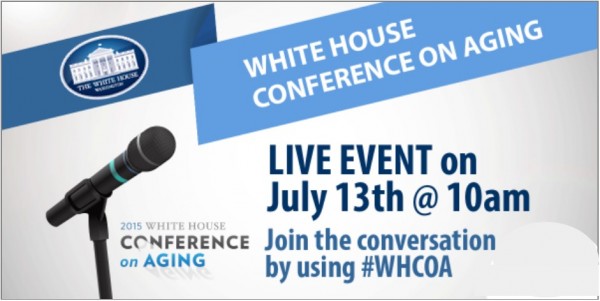 Rather than having delegates from throughout the nation stream into Washington, D.C., Americans are asked to watch events unfold via live stream – either at home, or by getting together with co-workers or people from their local communities. Officials note that more than 600 public and private Watch Parties—in every state—have been organized and registered with WHCOA.
Rather than having delegates from throughout the nation stream into Washington, D.C., Americans are asked to watch events unfold via live stream – either at home, or by getting together with co-workers or people from their local communities. Officials note that more than 600 public and private Watch Parties—in every state—have been organized and registered with WHCOA.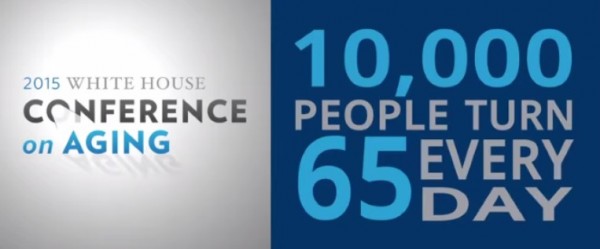
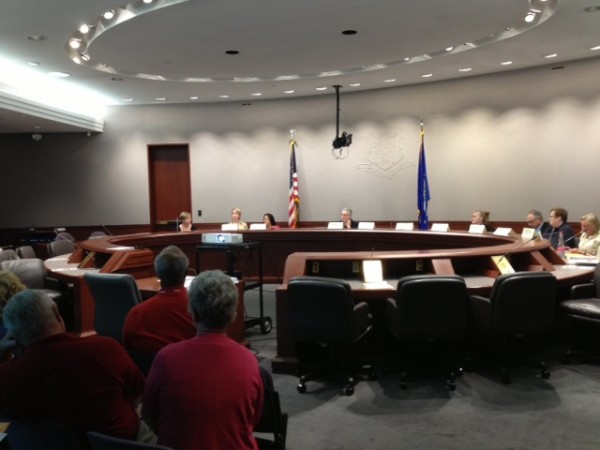
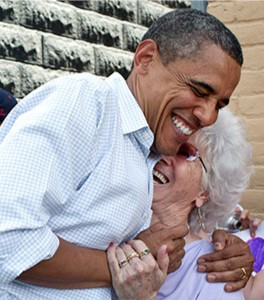
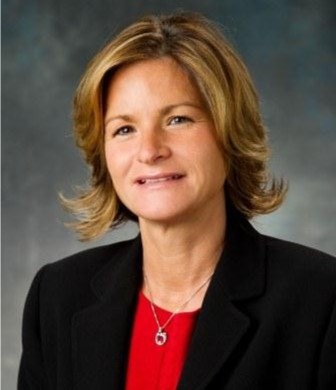 rez, U.S. Department of Labor. The panel will include Jean Chatzky, AARP Financial Ambassador; Vickie Elisa, Mothers’ Voices Georgia;
rez, U.S. Department of Labor. The panel will include Jean Chatzky, AARP Financial Ambassador; Vickie Elisa, Mothers’ Voices Georgia; 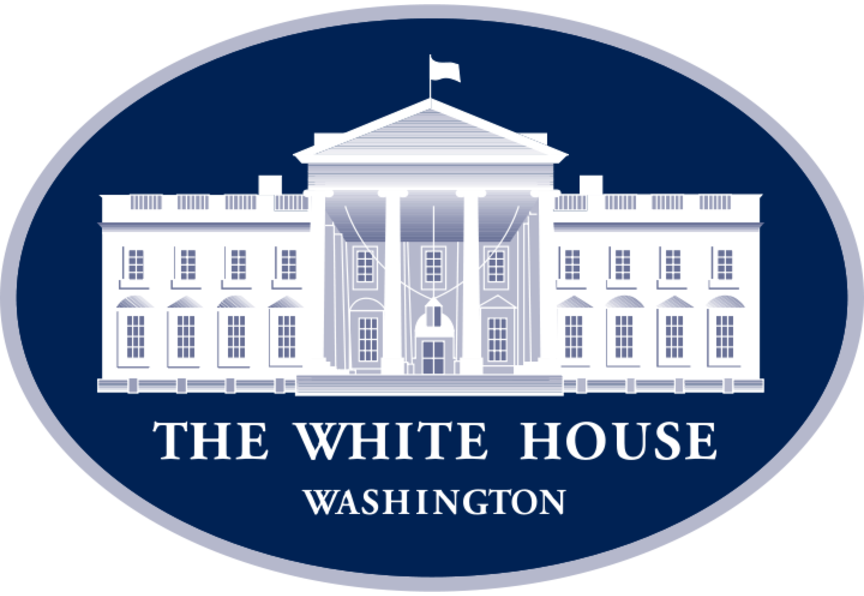 emarks or participating in panels are Secretary Tom Perez, U.S. Department of Labor; DJ Patil, White House Office of Science and Technology Policy; Secretary Tom Vilsack, U.S. Department of Agriculture; professional athlete Diana Nyad; Vice Admiral Vivek Murthy, U.S. Surgeon General; Director Richard Cordray, Consumer Financial Protection Bureau; and Stephanie Santoso, White House Office of Science and Technology Policy.
emarks or participating in panels are Secretary Tom Perez, U.S. Department of Labor; DJ Patil, White House Office of Science and Technology Policy; Secretary Tom Vilsack, U.S. Department of Agriculture; professional athlete Diana Nyad; Vice Admiral Vivek Murthy, U.S. Surgeon General; Director Richard Cordray, Consumer Financial Protection Bureau; and Stephanie Santoso, White House Office of Science and Technology Policy.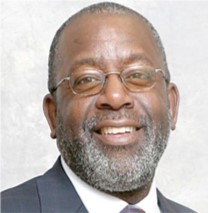

 Connecticut riders return year after year to the AngelRide — some to ride and some to volunteer for the statewide event. Westbrook resident Dan Shapiro was the first rider to register in 2004, and he has been participating in the AngelRide every year since. “I couldn’t imagine Memorial Day weekend without AngelRide,” said Shapiro. “The spirit of this ride is off the charts. We are all trying to do something bigger for the kids.”
Connecticut riders return year after year to the AngelRide — some to ride and some to volunteer for the statewide event. Westbrook resident Dan Shapiro was the first rider to register in 2004, and he has been participating in the AngelRide every year since. “I couldn’t imagine Memorial Day weekend without AngelRide,” said Shapiro. “The spirit of this ride is off the charts. We are all trying to do something bigger for the kids.” Day two begins at camp and ends 50 miles away in Mystic.
Day two begins at camp and ends 50 miles away in Mystic.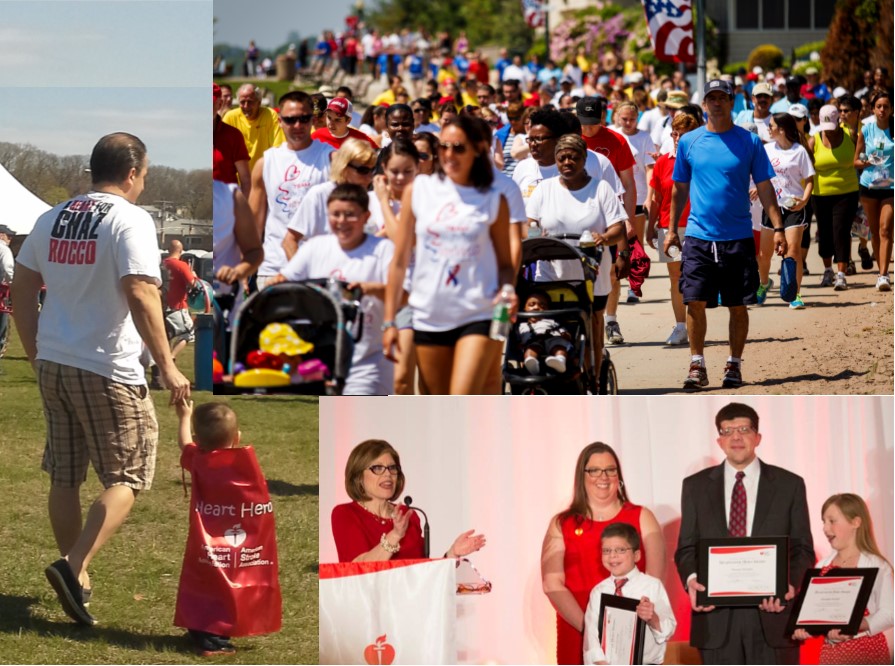
 S. approximately 48 people will have a cardiac arrest event outside of the hospital. Nine out of ten people will not survive. However, if lifesaving CPR is performed, a victim’s chance of surviving can double, or even triple, according to the American Heart Association.
S. approximately 48 people will have a cardiac arrest event outside of the hospital. Nine out of ten people will not survive. However, if lifesaving CPR is performed, a victim’s chance of surviving can double, or even triple, according to the American Heart Association.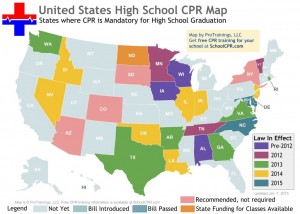 national initiative.
national initiative.



 Among the students participating in the project were William Pritchard, interaction design and project management; Somaiyeh Ghaffarnia, animation and character development; Sean Dexter, 3D animation; Kevin Richetelli, 2D animation; Samantha Menza, game design; Tom Lee, game design and music composition; and Tiffany Hoang, game design. Prtichard and Ghaffarnia began working on the project as undergrads and continued while pursuing their graduate degrees. The other students were undergrads.
Among the students participating in the project were William Pritchard, interaction design and project management; Somaiyeh Ghaffarnia, animation and character development; Sean Dexter, 3D animation; Kevin Richetelli, 2D animation; Samantha Menza, game design; Tom Lee, game design and music composition; and Tiffany Hoang, game design. Prtichard and Ghaffarnia began working on the project as undergrads and continued while pursuing their graduate degrees. The other students were undergrads.
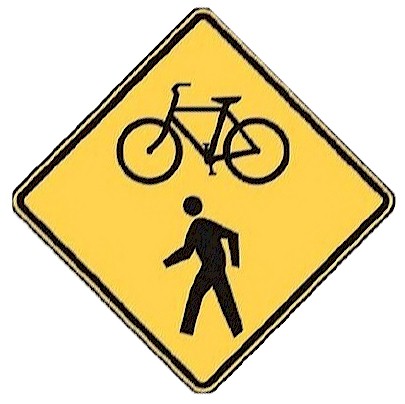
 motorized transportation networks and safety. Communities that routinely collect walking and biking data, they point out, are better positioned to track trends and prioritize investments.
motorized transportation networks and safety. Communities that routinely collect walking and biking data, they point out, are better positioned to track trends and prioritize investments.






















